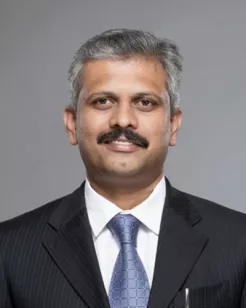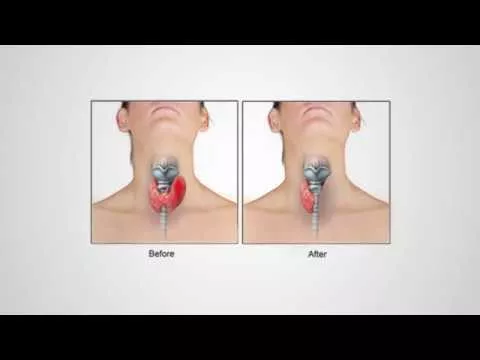Mrs. Meena, a young lady in her early thirties entered the hospital with concerns of a new observation of a lump in her right breast. Upon evaluation of her medical history and examination of the breasts, it seemed likely that the lump was malignant (cancerous). The patient had already done her research on the topic and was concerned that the lump was a sign of breast cancer and wished to pursue further investigation. Mammography, followed by a core biopsy of the lump confirmed that what she feared was true. Further testing was conducted to explore the spread of the disease and it was found that cancer had not spread and was localized to the lump, thanks to early detection of the disease.
Mrs. Meena was well-educated and aware of the symptoms of breast cancer, which helped her catch it early and seek a medical opinion on time. Doctors suggested she undergo a breast conservation surgery/modified radical mastectomy with sentinel node biopsy and reconstruction options. The patient opted for a modified radical mastectomy without reconstruction and was discharged a day after the surgery. According to final histopathology reports, the patient would have to undergo chemotherapy and hormone therapy to completely manage the disease. The patient balanced her work life along with regular follow up treatments.
In order to further safeguard her health, the young lady wished to undergo genetic testing and counselling and unexpectedly was found to be carrying abnormal BRCA genes. A year later she underwent risk reduction surgery, consisting of opposite side mastectomy (removal of the breast) and bilateral salpingo-oophorectomy (ovary and fallopian tube).
The proactive attitude of the couple in keeping themselves aware of the disease, seeking early medical help, openness to surgical options and further treatment as well as a willingness to return to routine life without fear is appreciable and much needed in today’s times.
Q. How common is breast cancer?
Ans. Breast cancer is one of the leading malignancies worldwide and in India.
Q. What are the common symptoms of breast cancer?
Ans. One or more than one painless lump in the breast and armpits, nipple retraction, asymmetry of breasts and nipple.
Q. How is cancer confirmed?
Ans. Clinical examination, appropriate investigations including core biopsy.
Q. What are the treatment options available?
Ans. Depending on the stage of the disease, it includes a combination of surgery, chemotherapy, radiation, hormone therapy, target therapy.
Q. Is complete breast removal required for all patients?
Ans. No, according to the lump breast ratio, mammography findings, breast conservation surgery or mastectomy can be planned after discussion with the patient.
Q. What is a sentinel node biopsy?
Ans. In patients who have no clinical evidence of axillary nodes, the morbidity of lymphedema can be reduced using this simple technique by limiting the extent of removal of axillary nodes.
Q. Is this always familial?
Ans. No, a majority of breast malignancies are sporadic and a small percentage is hereditary/familial.
Q. How can this be prevented?
Ans. Early diagnosis and treatment is the best way of prevention and cure. There needs to be more aware of the disease, and the fact that it is curable if presented at an early stage, ease of access to medical, helps in prevention. The self-breast examination is a simple method which helps in early detection. Screening with mammography as a secondary preventive measure can be used after 49 years of age in asymptomatic individuals.













